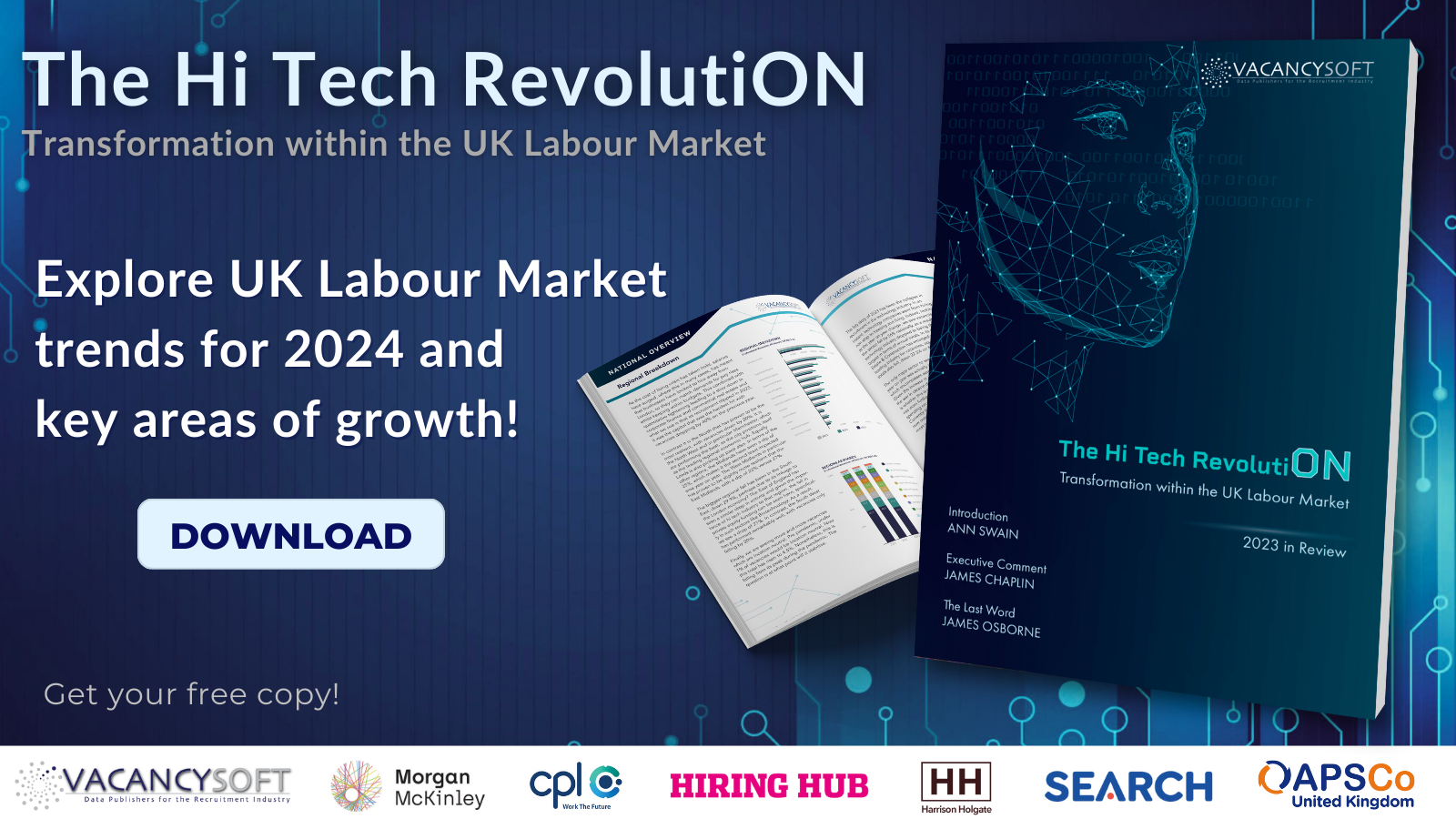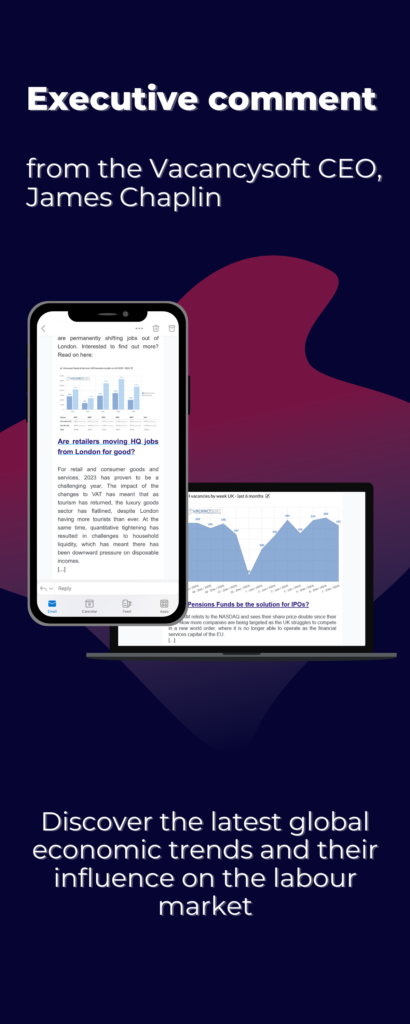Year in Review Magazine: Technology & Transformation in the UK
- Cyclical changes cause a UK slowdown, equally there are structural changes also
- From Law to Software development, from Insurance to Media, the way we work is changing as AI takes hold
- COVID has caused a rebalancing away from London, how much of that is permanent?
- Finally, the Ukraine war is casting a long shadow, equally industry is surging as a result
DOWNLOAD THE REPORT
Every generation bears witness to a technological jump which has the capacity to change the way we work. For example, from the first generation of mobile phones in the 1980s, through to smart phones and mobile devices this has transformed the way we do business. Nonetheless, we have seen increasing numbers of jobs displaced as different technologies have achieved scale. For example in retail, the rise of self service kiosks, or in logistics, amazon are experimenting with drones which can replace delivery personnel. Robotics in factories is boosting productivity and output, but at the expense of jobs. Similarly, Agrotech also has the capacity to boost yields, but lower staffing requirements.
With that it is important to understand the difference between structural and cyclical change. The slowdown caused by quantitative tightening was a cyclical change, which meant that we have seen the associated downturn in the job market this past year across every sector. Equally like every cycle, it will bounce back. Structural changes are now happening though, which can permanently change the job market. Hence whilst up to now it has been the blue collar worker being impacted, meaning structural changes passed without impact for white collar workers, now, with generative AI, they are.
In IT development and engineering. now with generative AI, developers of open source languages can now make a command, and have it written for them in a minute. In insurance, underwriting is increasingly automated, meanwhile marketers are becoming able to create content at the click of a button. Even in sectors such as Law, there are now questions about whether generative AI has a role to play and what that means in terms of staffing. The work of paralegals from yesteryear has already been automated. Are qualified lawyers next?
Looking ahead, the UK will continue to be a magnet for VC/PE funding, due to the unique combination of rule of law, skilled workforce, proximity to domestic industrial centres (e.g. Life Sciences Golden Triangle, Aerospace in Bristol or Manufacturing in Birmingham) and concentrations of capital in London. The UK is amongst the leaders in the nascent space sector and Nuclear Fusion. Cleantech is beginning to gather speed. With that, the UK is well positioned as a global leader in high tech. The UK may no longer be the Financial Services capital of the EU, but perhaps it can be more. The global leader for applied advanced technologies.
To find out more, read here
Delve into UK recruitment trends analysis to gain insights that shape the market!
All data featured in this report is available in the Vacancy Analytics platform, which is updated in real-time and allows for interactive analysis, giving you the power to drill into trends to identify the key insights, you need to power your business.
If you would like to book a consultation with us to analyse trends in your market, you can schedule one here.



